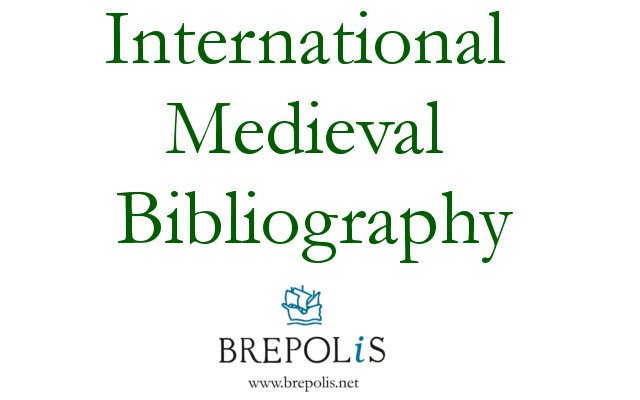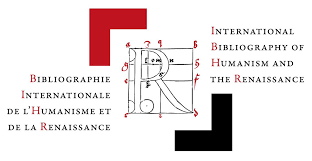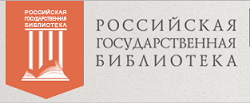Lexical implementation peculiarities of the blue colour in the names of plants and mushrooms in the South Slavic dialects
DOI:
https://doi.org/10.31168/2073-5731.2020.3-4.2.04Keywords:
South Slavic languages, Balkan Slavic languages, names of plants, names of mushrooms, blue, colour termsAbstract
The basic colour term for blue is extremely rare in the plant nomination in comparison with the widespread derivatives of the other colour terms as “white”, “black”, “red” or even “yellow”. One can find a few examples of such names recorded in the dictionaries of the Balkan Slavic dialects. Within the framework of this study, the material of the colour terms in the names of mushrooms was also taken into account, as mushrooms are supposed to be close to plants in the naive picture of the world. The “blue” can appear differently depending on the object of nomination: in the names of flowers and fruits, the blue is recorded mainly in competing forms of the roots +модар and +син, and in the mushroom names there are forms of the roots +модар, +виолет-, as well as +плав — which is characteristic for the dialect continuum of the Serbian language. When analyzing the total corpus of lexemes one can notice an obvious predominance of the element +модар in comparison with the basic and most common at this period lexemes of Bulg., Mac., Serb. син and плав. The root +модар is used in the meaning of the border colour between blue and purple. Therefore, it corresponds better to the nomination of plant and mushroom, whose colours can vary in shades and in intensity.
For citation
Chivarzina A. I. Lexical implementation peculiarities of the blue colour in the names of plants and mushrooms in the South Slavic dialects // Slavic Almanac. 2020. Issues 3–4. P. 211–224. DOI: 10.31168/2073-5731.2020.3-4.2.04






